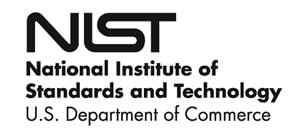RSS feed source: National Institute of Standards & Technology
Cardiovascular diseases cause one death every 33 seconds in America. Diagnosing these conditions, which account for approximately 20% of all deaths annually, can be difficult because the overlaying and natural fluorescence of cardiac tissue complicate diagnostic images. A new algorithm, developed by researchers supported by the U.S. National Science Foundation and described in Nature Cardiovascular Research, could lead to clearer images, earlier diagnoses and better outcomes.
“Enhancing visualization of cardiac systems is just one application of this new tool,” said Eric Lyons, a program director in the NSF Directorate for Biological Sciences. “This could also help advance live-cell imaging in other parts of the body, like the brain, and drive insights into fundamental biological processes and systems.”
Current forms of imaging each have drawbacks, being limited by how broad or deep they can visualize, the ability to visualize small scales like molecules or the frame rate of cameras and speed of data acquisition and processing. The algorithm addresses many of these challenges and allows for simultaneous viewing of multiple parameters and measurement of the volume of heart chambers.
The tool uses an approach known as multiscale recursive decomposition, where images are broken down into smaller parts across multiple scales. This allows for the precise extraction of dynamic cardiovascular signals, which could allow physicians and others to diagnose cardiovascular disease earlier and more precisely. Better diagnoses
Click this link to continue reading the article on the source website.


